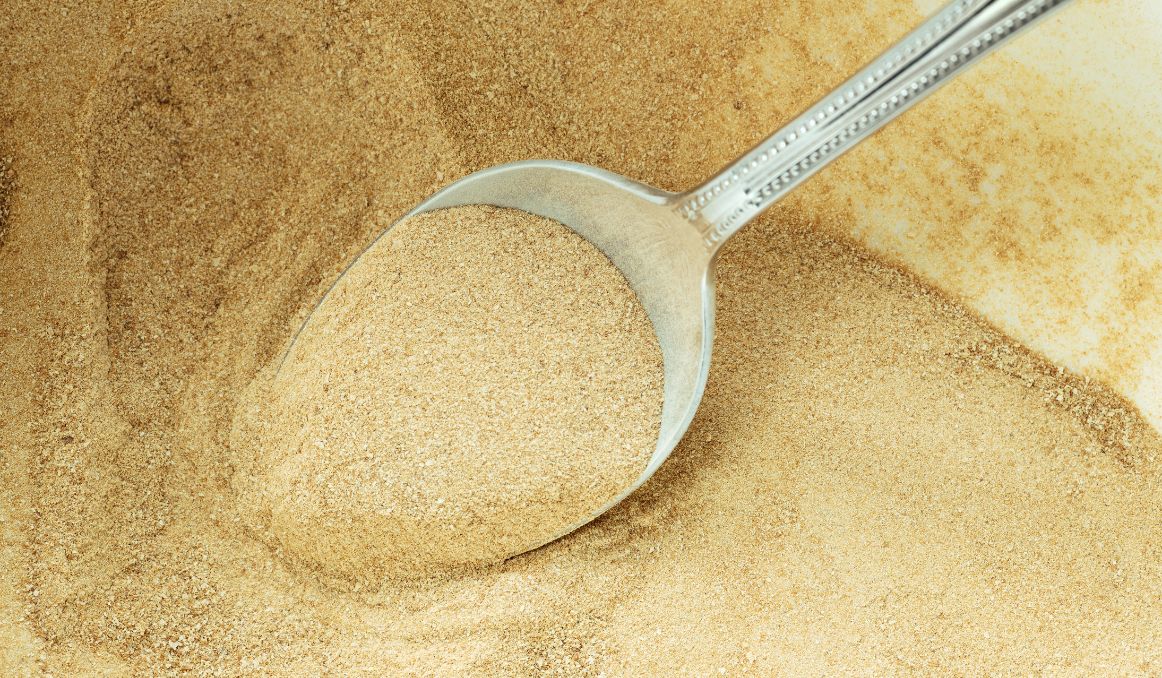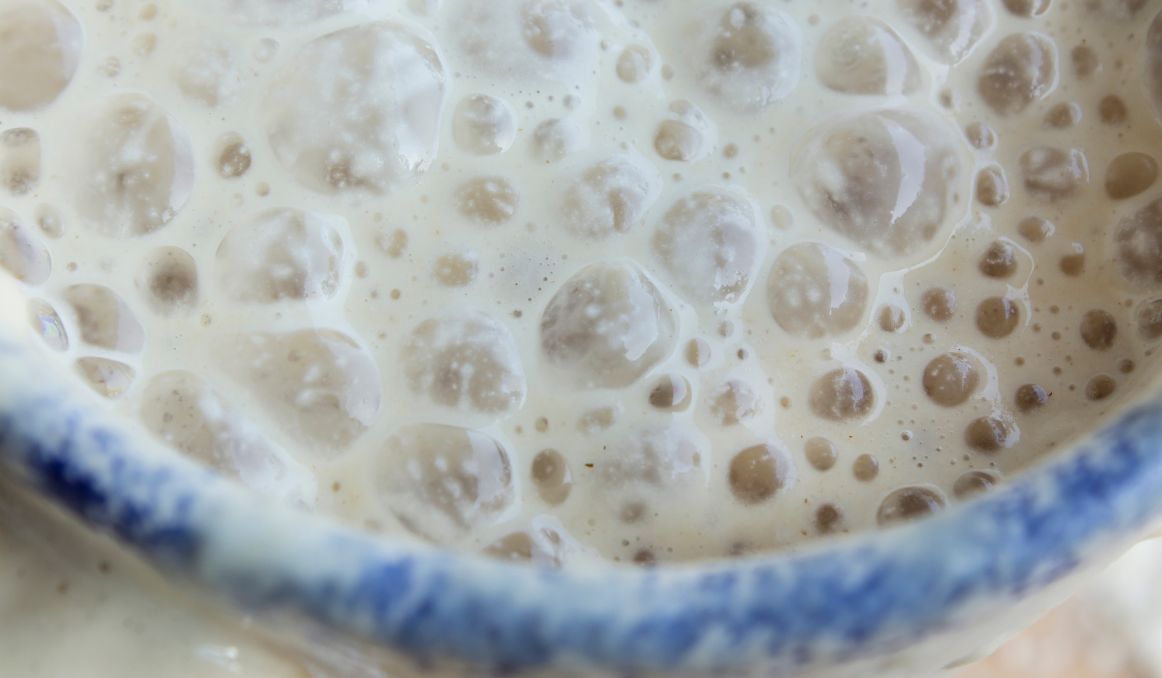How to Tell if Yeast Is Alive
The age old question for brewers comes down to how to tell if yeast is alive. It is a troubling question because it will determine whether or not you can pitch and brew or whether you have to buy new or harvest new yeast, which can be a really big deal if you’re counting on the ability to pitch right now.
The process of figuring out whether yeast is alive is actually a really simple one, but it helps to understand the nature of yeast and how it works first, so you can remember this trick every time you are in a bind.

Yeast
In the beginning, brewers did not have to wonder if yeast was alive; they simply let nature take its course. In fact, they did not even know what yeast was.
The ancient Egyptians thought that the process of turning grape juice to wine was “a miracle.”
The reality is that yeast is kind of miraculous. It is a single celled, eukaryotic living organism that has been around since virtually the beginning of life on earth. As a member of the fungus family, yeast can lay claim to being part of a family that was the very first life form on our planet.
And since its inception, it has had a single job – to find sugar and convert it to alcohol and carbon dioxide.
Yeast has hundreds of different strains, each one with its own unique flavor and aroma profile resulting from its fermentation process, but at first, brewers, winemakers, and bread bakers, were stuck relying on whatever nature brought their way.
Wine
For wine, the process really was child’s play, or monkey’s play, if you will.
Monkeys, or some species of monkey ancestor, were likely the first to discover wine, long before humans came onto the scene.
Anthropologists have found tribes of monkeys who will wait for fruit to ripen on the vine, fall off, and begin to rot, waiting for fermentation to take place.
And that is exactly what yeast will do – hover in the environment, virtually everywhere at all times, on all surfaces and in the air, awaiting the arrival of sugar, and then get to consuming.
In the case of the monkeys, they simply waited for yeast to get to work and then ate the fruit, enjoying the drunken effects.
Later, anthropologists discovered monkeys who will tap palm trees and collect the sap. They will then leave that sap out to ferment for several days before drinking it, enjoying drunken weekends which often end in fighting over the last dregs of palm wine.
So, humans likely inherited our knowledge of winemaking from our ancestors.
Of course, over time, the process has become refined, but not by much, and not by necessity.
Certain connoisseurs will pick and choose varieties of grapes and even soil to highlight the ideal complexities of flavor and aroma, but in the end, yeast always comes through as the primary necessary ingredient to make wine.
Crush grapes and leave them out, and yeast will turn the liquid into wine.
Bread
Bread has always been much the same.
All it took was for one woman to leave her bread dough out for a few days while she was busy doing other things. When she returned, she would have found risen dough.
Upon baking that dough, the family would have delighted in this lighter, fluffier version of unleavened bread they were used to.
Bread of course does not offer the same opportunities for inebriation that grapes do for two reasons.
First, the grains in bread are not sugar rich, so yeast does not have a lot to work with in terms of creating alcohol. There is just enough sugar to create alcohol and carbon dioxide, which is the element that causes the dough to rise as it gets trapped in the sticky stuff.
Secondly, the alcohol that is created burns off in the baking process.

Beer
Finally, beer, which, when you think about it, is kind of like liquid bread.
The difference is that with beer, brewers have discovered they can malt the grain first to convert the starches in the grain to sugars. Then they crack the grains open to expose those sugars in boiling water. Once that water, now called wort, has cooled down, the yeast in the air will delight in fermenting that bread water to beer.
Industrialization
With the rise of industrialization in the early 1800s, however, brewers figured out how to mass produce and bottle beer, and companies figured out how to harvest and market yeast.
It helps that Louis Pasteur, the French scientist, came along and told us all what yeast was, and what it has been doing for us all this time.
So now brewers can purchase their yeast from a reliable and steady source without having to put their trust in a nature that can be unreliable and fickle at times.
The problem arises when either the supply chain breaks down or the company that guarantees a certain level of viability cannot deliver.
Or, perhaps you have just let your yeast sit for longer than you expected, or you forgot you had this particular batch sitting somewhere, and now you wonder if you can still pitch it.
How to tell if yeast is alive?
Well, the answer is right in front of you.
Live and active yeast loves sugar. If you want to tell if your yeast is still alive, get a cup of warm water, add a teaspoon of sugar, and add a bit of the questionable yeast.
Within a half hour, the water should be fizzing and bubbling as the yeast gets to work.
If nothing happens, your yeast is dead, and it is time to get a new supply.
Now, of course, this is the most basic tests possible and it doesn’t tell you anything about how much of the yeast is actually alive, so, unfortunately, on most occasions (such as when you intend to pitch that yeast) it is mostly useless.
A better course of action, then, would be to properly assess the viability of your yeast, which tells you (as a percentage) how many of the yeast cells are alive. You can do that using a microscope and a hemocytometer or you can make a small investment in an automated yeast cell counter that can do accurate cell counts and viability assessments in no time. It all comes down to your needs.
Cheers!
If you’re interested in finding out how you can use our technology to control fermentation and monitor your yeast, save work hours and improve the cost-efficiency of your business, drop us a line at [email protected] or check out the product pages (for beer or wine):
- Oculyze BB 2.0 (Better Brewing) Yeast Cell Counter App + Hardware
- Oculyze FW (Fermentation Wine) Yeast Cell Counter App + Hardware
Also, you can now get access to a fully functional demo account to test our Web App. Completely free of charge and with no commitment to purchase.
Sources:


